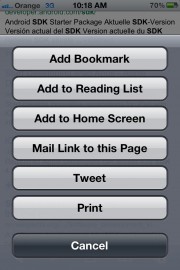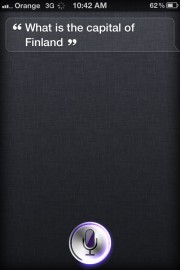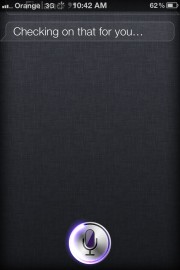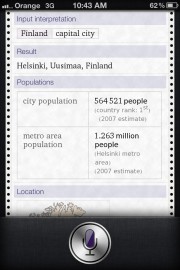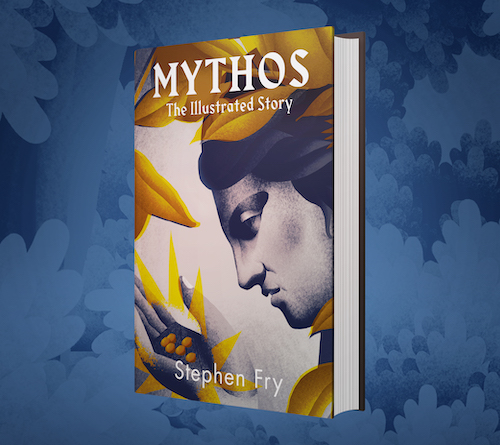Apple‘s loss last week was enormous. I wrote all that I felt I could in the blog farewell on this website to a man I was lucky enough to know a little and admire a great deal. Most are probably now profoundly sick of hearing either how much he was under or overestimated as a man and as a figure of his times. I never knew of any human beings whose achievements were exactly estimated.
The word “estimate” is the clue here. I only know that if I had grandchildren and they heard me tell of my meetings with him they would feel as I might if my grandfather had told me about meeting Henry Ford, Rockefeller or Irving Thalberg. It might be, after all, that Aldous Huxley overestimated Henry Ford by making the dystopian future in his Brave New World name its calendar after him.
Some people become synecdoches, symbols or metonyms. Whether you think he was overpraised by some, underappreciated by others or whether you don’t give a hoot doesn’t really mean much to me. He mattered to me enormously. The standards he set, the passionate belief he had in the way that technology, the arts, design, fun, elegance and delight could all co-exist, the eternal pushing for higher standards, the refusal to accept standard paradigms in anything, either the conventional modus operandi of corporate affairs, technological matters or market practices was an example from which the world will continue to learn.
Believe me, there will be more than 500 books published in the next year which will claim to be able to teach you how to improve your business/profits/image/career by using the “Jobs example”. How he would have loathed that. I have sat on judging panels that have wanted to give him extremely prestigious awards. He only ever accepted awards on behalf of the company, not on his own. Whatever your view of him, huckster, snake-oil salesman, evangelist or hero, the whole point is that copying someone who disdained copying anything would be the dumbest joke of all.
The wider legacy will be determined by that bastard son of a mongrel bitch, history, but there is a short-term one. I had put into my hand a new iPhone 4S just eight or so hours before Steve Jobs left the world. You can imagine, I hope, the ambivalence I felt as I tested and trialled this phone in the knowledge that it was the last fully operational Apple device he would ever see.
Apple has always come up with new iPhone models at regular intervals. The very first appeared in June 2007, the following year saw the Apple 3G which allowed, as the name suggested, 3G data transmission speeds and introduced the idea of the App Store with the resultant explosion of third-party apps, whose imagination, range, variation and ingenuity still continue to astonish.
In 2009 came the iPhone 3GS. “Oh,” said the world, in a rather hurt, disappointed voice, “that’s rather odd. Why, it looks just like the 3G. It’s hardly different at all.”
The “S” stood for speed and some felt that a souped-up 3G barely qualified as a new phone at all. Why the need for the already tiresome cliche photographs of queues outside the 5th Avenue store in New York and the unhealthy sight of chubby, bearded geeks brandishing their new boxes? Surely Apple was exploiting this whole hype launch cycle without any real innovation to back it up?
In fact the release of the 3GS coincided with a new operating system, 3.0, which gave us the much-needed cut and paste facility whose embarrassing absence had been a distressing nuisance, it added MMS, and a whole new suite of extras, Voice Control and tethering, for example, all of which were also possible on an “old” 3G or even original iPhone 1 if they upgraded their firmware, but which really proved themselves on the 3GS’s faster Cortex A8 processor.
Despite the initial disappointment, the success of the 3GS was instantaneous, Apple sold a million units in the first weekend, and the model’s continued triumph created the conditions that allowed for the Apple iOS product line that followed: the iPhone 4 and the iPad. To put it crudely, the 3GS was such an outstanding win that it made Apple cash-rich enough to be able to move forward in all kinds of ways.
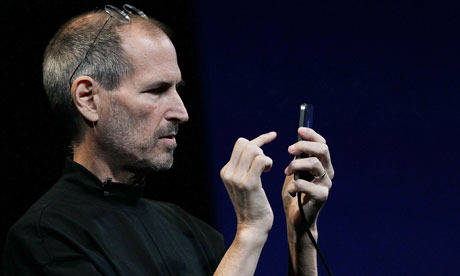
The iPad, aside from its other original features, was powered by Apple’s own proprietary chip, the A4. The iPad 2 by the A5. Apple was able to take more and more control over the implementation of every detail, integrating their own chips, radios and antennae in new ways that allowed for increased reliability, fluency, speed and – crucially – battery life. Indeed, the energy efficiency of the iPad remains one of its most astonishing features.
This week history repeats itself: a “new” iPhone which has the same form-factor as its predecessor but with an “S” added, again, for speed. Many might express similar disappointment, but as was the case with the 3GS – there also arrives a new operating system, iOS 5.0, which will work on previous models (but not the 3G or iPhone 1 I believe).
iOS 5.0 allows Over The Air updating and iTunes syncing, gives (AT LAST!!) a glossary so that we can make up our own text abbreviations and correct bad auto-correct habits (if ever I type “tou” it now automatically becomes “you”), offers a vast, customisable range of notification options, including a draw-down curtain familiar to Android users. iOS 5 also integrates Twitter globally so that I can go to a website, for example, and see that “Tweet” has been added to the list of sharing options available.
You will see from my screenshot that one can create a reading list too from Safari. There’s tabbed browsing also. And iMessaging, which means you can “text” from an iPod touch or iPad.
Most noticeable is the all-new iCloud, which replaces the never wildly successful MobileMe. iCloud is free and allows users to store their data, photos, apps, music and whole iPhone identity, look, feel and functionality “up there” in that happy space we call the cloud. In fact this cloud is, I believe, a mountainside in North Carolina. MobileMe users can transfer their identities seamlessly and easily, others simply create a new account for free by following simple instructions. There is an option to enable Photostream, which keeps every picture you take for ever. Be warned. You cannot delete a picture once it is in Photostream. There may well be blushes within families who share devices and discover that a photo they would rather not be seen is permanently on view, but they’ll have to learn the hard way. iOS 5 will make your existing iPhone so like a new one that you might even forget the iPhone 4S …
4S is the first iPhone with a proprietary dual core A5 chip, Apple is claiming it can process graphics up to seven times faster. Other increases in performance will strengthen the iPhone’s position in the handheld gaming market. For users like me it is apparent that the new 8MP front-facing camera, with its five-element lens, facial recognition and image stabilisation is fabulously impressive, as are increased speeds in data browsing and general app loading in everyday use.
Apple’s new cash richness also allowed them to buy a little third-party app called Siri, which billed itself as a personal assistant. I remember writing a joshing note to Jo, my PA, in February last year when Siri came out. “Hm … Jo, Siri? Siri, Jo? … Hard to tell …” And then Siri seemed to disappear. Little did we know that Apple had bought this (originally DARPA developed) technology and was due to bake it into its new phone.
Siri is the USP of the 4S, it is essentially Voice Control that really works. You talk to it, it talks back. You can ask it questions in natural English: “what is 436 times 734?” and you get an answer neatly displayed on what looks like old-fashioned punched computer paper. Wolfram Alpha is used as the database, and its elegance suits the experience perfectly.
Here are three pictures that show my experience when I asked Siri “What is the capital of Finland?” You can scroll down the final one and see a map and other details. It’s fast and very very impressive. Even better, it senses when you bring your device to your ear so you can talk to it as if you’re on the phone to someone, rather than having to endure the embarrassment of yelling at it at arms length. So good is the voice recognition that it is now built into all apps that use a keyboard. For the first time I’ve found that I can happily and accurately dictate texts and emails. Dragon Dictate are going to be very sore about it, but I have no doubt they will collude with others to bring a similar service to Android and Windows 7 phones as soon as they can. For this really works. For the moment local searches are only available for the US, but that will soon change, one assumes.
Siri, the high quality and ultra-fast camera, 30 fps 1080p HD video, globally available voice recognition and the introduction of two antennae (the phone seamlessly switches between whichever is getting the strongest signal) are features that make the 4S irresistible; what is more, the unchanged form means that a whole new range of covers and accessories won’t be required.
If you are tired of the upgrade race or feel you can’t justify the expense, you at least have the knowledge that iOS 5 will transform your existing iPhone enthrallingly.
In a sad, sad week for Apple, come a new phone and a new operating system that between them show the company still at the top of its game, still innovating, still implementing new technologies at a level of perfection and fluency that is only possible when you make, design and control it all: device, chip architecture and operating system.
Once again Apple is taking a lead and asking a lot of its competitors. I wish those competitors luck, for the better all smartphones are, the happier I am. If Steve Jobs’s true legacy is that the devices every other company makes are so, so much better than they otherwise would have been, I don’t think he would mind one bit.
Stephen x
Also published in The Guardian on the 12th October 2011



